Very few things in life can beat the feeling of drinking a perfectly balanced and freshly brewed cup of coffee. What if we told you, it’s possible to recreate the same magic at home with a good coffee grinder? While the idea of enjoying delicious coffee without dropping by your favorite coffee bar every morning may sound too good to be true, the right at-home equipment can guarantee a consistently delicious-tasting coffee every time.
When you decide to invest in a coffee grinder, there are two types that you will find in the markets: a burr grinder and a blade grinder. In this article, we will discuss what you can expect from both options and highlight their differences.
Burr Grinder vs Blade Grinder: Which is Better?
A good coffee grinder is essential if you want to extract the rich taste and aroma of coffee beans. If you buy high-quality beans but grind them in a cheap and sloppy machine, you can say goodbye to your dreams of a perfect cup of coffee. Now that we have established how important a coffee grinder is to the equation, here is a side-by-side comparison of burr grinders and blade grinders.
| BURR GRINDER | BLADE GRINDER | |
|---|---|---|
|
EASILY ACCESSIBLE | x | |
|
DURABLE | x | |
|
AFFORDABLE | x | |
|
CONSISTENT RESULTS | x | |
|
BETTER TASTE | x | |
|
SPEED CONTROL | x | |
|
CONVENIENT TO USE | x |
The comparison of the burr grinder vs the blade grinder above is a brief one; we will look at the features and characteristics of both options in greater detail below.
Burr Grinder
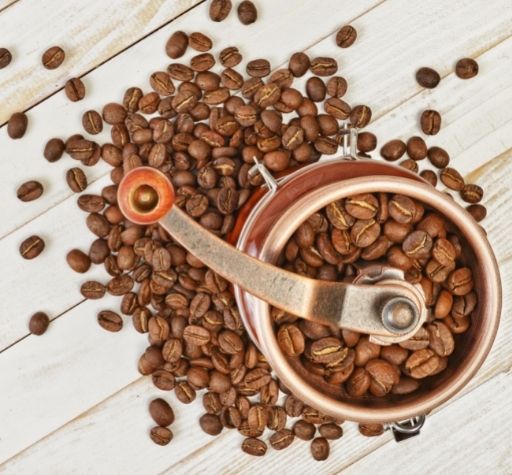
Coffee lovers and baristas swear by burr grinders for a good reason. While a blade grinder chops coffee beans the same way it chops ginger or garlic, burr grinders grind the beans with uniformity and consistency. During the years, burr grinders have evolved with customer expectations, and you can find them in different materials, each suited to different requirements and budgets.
How does a Burr Grinder work?
Burr grinders have two coarse surfaces called burrs placed at a distance from each other. The burrs can be made of ceramic or stainless steel, and as these burrs revolve, they break the coffee grounds into smaller pieces and keep grinding until the required consistency is achieved. The process of crushing the beans between two sets of burrs creates finely ground coffee with a consistent size. The fine grind lessens the bitterness that can result from over-extraction.
Types of Burr Grinders
Using a burr grinder significantly improves the quality of coffee since it grinds with pressure instead of chopping the beans in a blade grinder. There are two kinds of burr grinders that function differently and produce variation in coffee grounds. Let’s explore how the two affect the precision and consistency of your grind size.
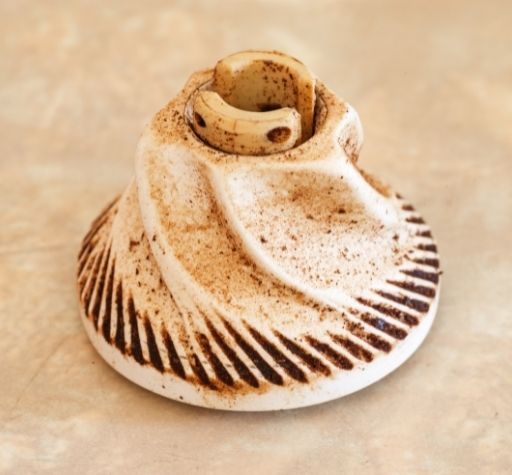
Conical Burr Grinders
Conical burr grinders are industrial standard grinders used by professionals and home baristas. The design comprises a conical center burr and an outer serrated burr that works together to grind coffee beans perfectly every time. However, the conical burrs fail to evenly ground coffee, if you look at the results closely, you will often notice different sizes of grounds in the mix.
Flat Burr Grinders
Flat burr grinders consist of two donut-shaped burrs that face each other. The grinders are designed to keep the beans secured between the burrs, and the sharp edges grind the coffee beans until they are equally ground up. Coffee enthusiasts prefer flat burr grinders because even-sized espresso grounds deliver uniform flavor allowing baristas more room for experimentation.
If we compare conical and flat burrs, the latter produces a more consistent grind of coffee beans than conical burrs. However, conical burrs are heat-resistant and energy-efficient, while flat burr grinders make more noise and absorb heat and energy during the grinding process. The type of burr you select depends on your preference. For example, if you want to use power efficiently, a conical burr is better for you, but if you require precision in the grind, flat burrs are an ideal choice.
Blade Grinder
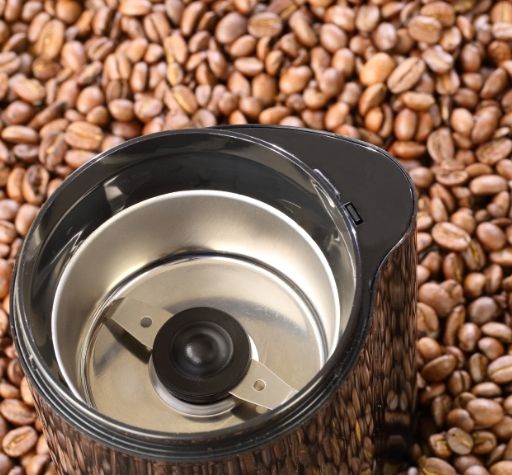
Grinding freshly roasted coffee beans the right way is a crucial step for coffee perfection. The easy accessibility of blade grinders has encouraged users to opt for this machine time and again. Still, this grinder has little regard for particle size and consistency, adding it to the list of sloppy chopping machines.
How does a blade grinder work?
As the name suggests, a blade grinder consists of a sharp stainless-steel blade that is shaped like a propeller. The blade revolves at high speeds (20,000 rpm- 30,000 rpm) and chops up coffee beans into smaller pieces as opposed to grinding them. You can control the fineness or size of the coffee particles by letting it run for longer or shorter durations. Theoretically, the longer you grind the beans, the smaller the size of the particles.
Since the blade grinder is operated manually, you should know the grind size for your brewing method to stop the machine at the right time. A significant drawback of grinding coffee beans with a blade grinder is that the friction created by rotating blades can burn the coffee and affect its taste.
Differences Between Burr Grinders and Blade Grinders: Head-to-Head
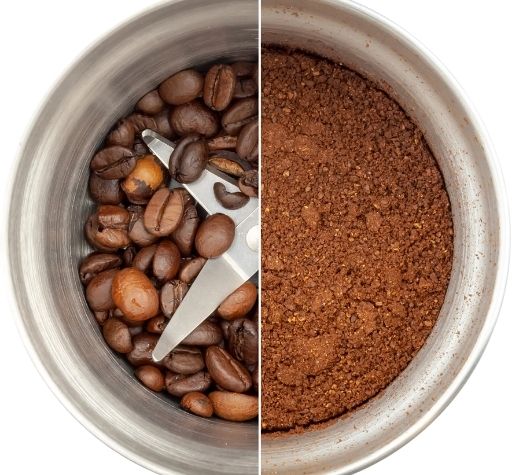
Whether you have a newly acquired taste for homemade coffee or searching for ways to improve your experience- a coffee grinder is a crucial piece of equipment that can make or break that perfect cup of coffee. We have gone over how the basic mechanism of both burr grinders and blade grinders work; now, let’s highlight the main differences and compare how these machines affect your brew.
Consistency
An essential element in the grinding process, consistency refers to the uniformity of the coffee grounds you get in each grind. The more consistent the grind is, the better your brew will turn out each time, as you’d know what to expect from that size of coffee particles. Blade grinders are known for their irregularity and variation in grind sizes. Since they are operated manually, if you leave them turned on for an extra 5 seconds, your grind will not be consistent with the last batch you produced. This manual feature of blade grinders makes it almost impossible to achieve the same grind every time.
On the other hand, burr grinders deliver consistent results with each round of grind. Conical burr grinders produce slightly irregular ground sizes, which works well for the conventional taste of espresso. In contrast, flat burr grinders are well suited for coffee flavors that require a finer grind.
Coffee flavor and extraction
The main purpose of brewing coffee is to extract flavor from coffee beans. If you extract too much, you will end up with acidic and bitter coffee; extract too little, and you will have sour and thin coffee. A question that puzzles most coffee enthusiasts is: How do I extract coffee, so it tastes perfectly balanced? If you are brewing at home, you should know that coffee extraction depends on three factors: the size of the grounds, the brew time, and temperature.
If you have figured out the right temperature and brew time, but your coffee still tastes too thin or bitter, it’s time to look at your grind closely, as even the slightest change in grinding can alter the flavor of your coffee. A perfect brew requires uniform particles that are all the same size because if your grind has irregular-sized particles, the small grounds will over-extract, and the large grounds will under-extract. The variation in extraction time affects the overall taste of your coffee and ruins the whole coffee-sipping experience. Burr grinders are dependable when it comes to producing even grounds- that’s why professionals and baristas prefer these machines for brewing high-end specialty coffee.
Blade grinders have a reputation for chopping coffee beans into uneven sizes, which leads to deviation in extraction time. In addition, the heat produced by the blades can damage the flavor of your beans. Hence, if you want to enjoy the authentic taste of high-quality coffee beans, invest in a burr grinder to achieve a precise grind.
Grind size

Coffee-making is about extracting caffeine and flavor from coffee grounds- the finer your grind, the faster it will extract. If your coffee tastes too bitter, you might be grinding your beans very finely, and a coarser grind may improve your brew. In contrast, if your brew is overly thin, you may be grinding them too coarsely, and a finer grind may fix the issue.
The blade grinder is the most common type of coffee grinder, but its main downside is that it produces coffee particles of different sizes. If you try to achieve a medium or coarse texture for your beans, some particles will inevitably become too fine and powdery. The variation in grind size will eventually have different extraction rates creating an uneven-tasting cup of coffee.
Where the blade grinder chops the beans, a burr grinder crushes them through adjacent-placed burrs. The distance between both burrs determines the size of the grind; the lesser the space between them, the finer the grind, and vice versa. This grinding method ensures that all particles are roughly the same size and helps deliver a uniform-tasting cup every time.
Durability
The durability of a coffee grinder depends on the coffee beans used, the roast degree, and how regularly you use it. Blade grinders tend to lose their sharpness if you grind harder roast beans every day. However, a good blade grinder will grind about 500-800 pounds of coffee beans before its blades become dull. On the other hand, burr grinders can grind up to 1500 pounds of coffee before you feel the need to replace the burrs.
Since every piece of machinery has a specific life where it performs at optimal levels, burr grinders are more durable and last longer than blade grinders.
Cost
As we mentioned earlier, blade coffee grinders are more commonly used than burr grinders. One of the primary reasons for this is the cost factor that encourages users to purchase blade grinders over burr grinders despite the latter’s better performance. An average blade grinder ranges between $25- $60, whereas you can buy a burr grinder for as low as $20 to over $1000.
With variations like conical burr, flat burr, entry-level, professional, electric, and manual burr grinders, their price range greatly varies because of the different types of machines available in the market. A decent burr grinder for home brewing generally costs around $35, but if you want to amp up your coffee game, you might want to invest in a more expensive version.
Overall, burr grinders cost more than blade grinders, but they compensate for it with durability and improved coffee flavor.
Wrap Up
Are you wondering if you must have a burr grinder at home? The answer is no. Making coffee doesn’t have to be complicated, so you can invest in any good grinder to make a cup of coffee. Will your coffee taste good regardless of the grinder you use? Absolutely not! If you want a café-quality cup of java every day, burr grinders are the only way to go.
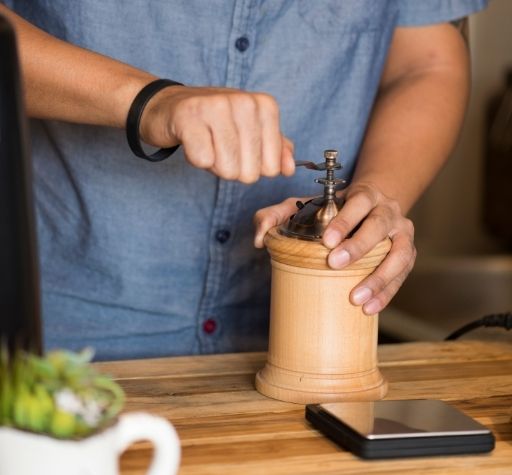
If you plan on investing in a coffee grinder, you have to decide which factor is more important to you: accessibility and affordability or great-tasting coffee. In the debate burr grinder vs blade grinder, the results of both are poles apart, so make your choice wisely.
FAQS
What makes a Burr Grinder better?
A burr grinder performs better than a blade grinder in the following ways:
- It produces a uniform grind size.
- The grind is consistent each time you use it.
- A uniform grind size ensures a stable extraction rate that creates a balanced flavor.
- It lasts longer, and the burrs are more durable than the blade.
- The grinder does justice to high-quality coffee beans.
What type of grinder is best for coffee?
If you are a coffee lover who expects a perfectly balanced cup of coffee every time, a burr grinder is your best bet.
Should I use a Blade Grinder for coffee?
Blade grinders are most commonly used for home brewing, so if you are on a tight budget or unwilling to commit to grinding your coffee at home, you can start with a blade grinder.
Why shouldn’t you use a blade grinder?
A blade grinder fails to produce evenly sized coffee grounds, which leads to over-extraction and under-extraction of the mix during brewing. The variation in extraction rates ruins the beans' overall flavor, resulting in a below-average cup of coffee.
Which Blade Grinder is the Best?
When choosing a blade grinder, opt for stainless steel blades since they are more durable and also rust-resistant. Here is a list of the best blade grinders that you can find.
Which Burr Grinder is the Best?
There are several options available in the market for burr grinders. Here are some of the best ones.
IF YOU’VE ENJOYED THIS ARTICLE, GIVE IT A PIN!
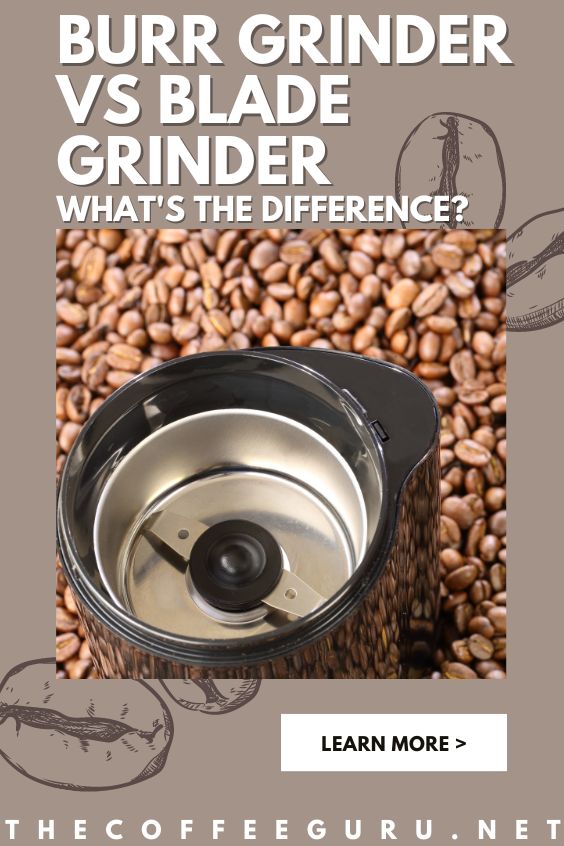











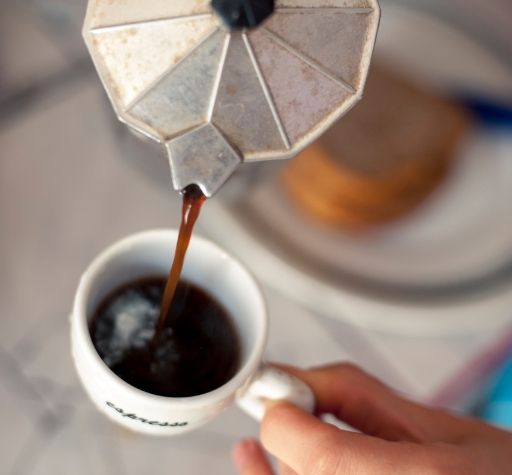

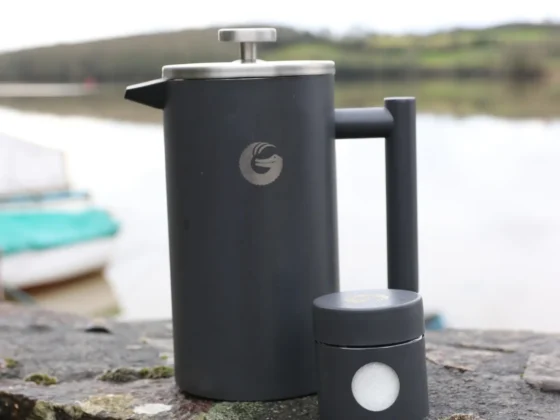
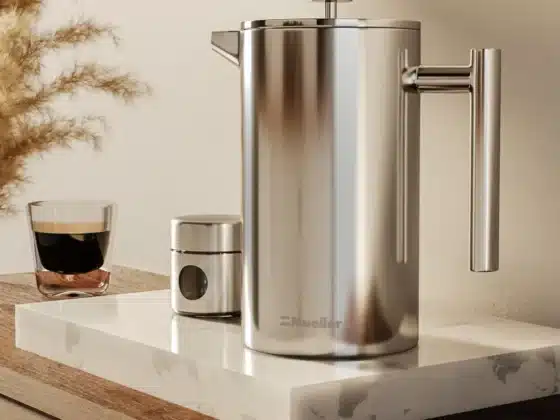
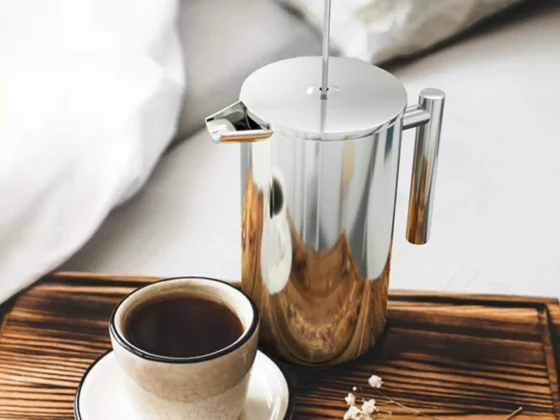
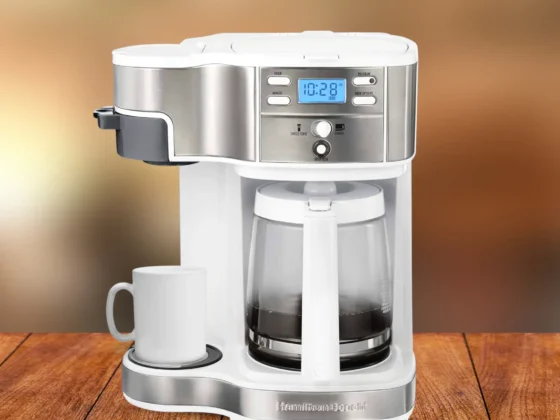
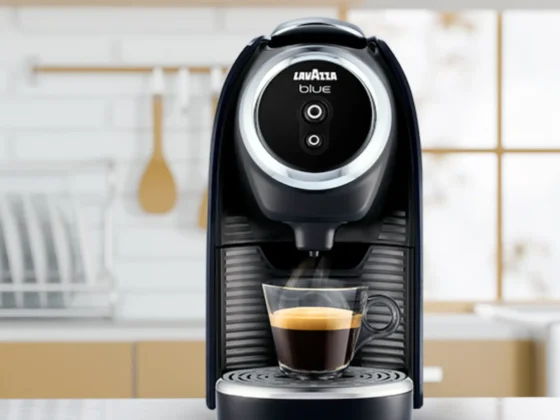


1 comment